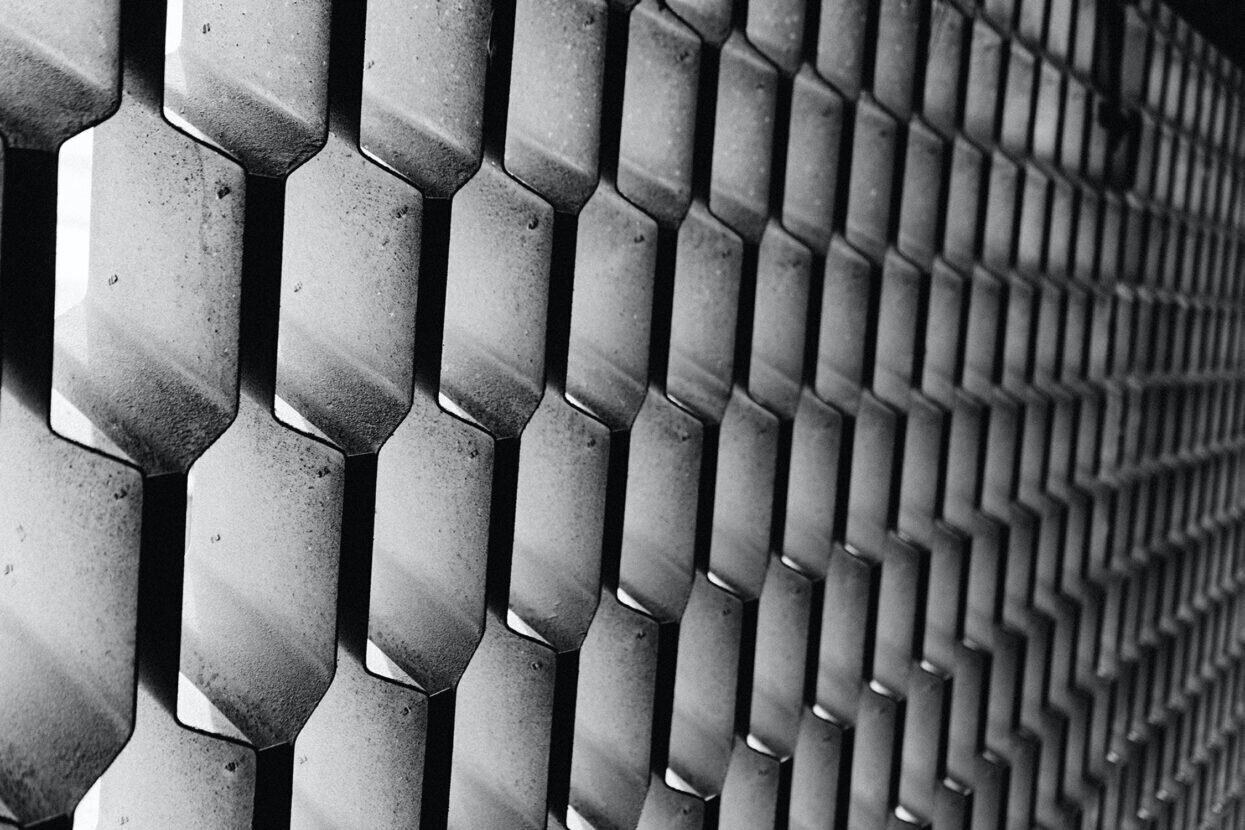
Along with book printing, packaging is one of the few areas of print that is thriving. Calls for better waste management particularly of plastics and for recycling are getting louder, amid wider concerns over packaging’s overall environmental impact, particularly as it gets more complex.
Technology is improving for more efficient and sustainable production. Print plants are opting for automated production management, and waste control, even as the range of decorative and design options available to packaging designers expands, particularly for the metal decoration market. Printing on metals is common in drinks packaging however it also has other applications, such as credit card printing or for metal boxes. Embellishment, such as labels production, is getting more complex and all of it puts pressure on recycling supply chains. Metal substrates are obviously easy to recycle however metal foiling is not so kind to the recycling process.
Most metallic substrates for printing are electrolytic tinplate, tin-free steel or aluminium, but copper is also used. The metal sheets might be coated with an opaque white onto which coloured inks are printed, or the inks might be printed directly onto bare metal. Either way, it is extremely difficult to get consistency with either the characterisation data sets or colour matching using offset printing methods. This can increase waste and production times. The problem is even greater when digital printing methods are used, for instance in short-run work.
For the offset market the consistency problem has been addressed to some extent with an ISO standard (ISO 12647-9 Metal decoration printing processes using offset lithography), but this standard only applies for sheets pre-coated with white. And offset lithography is only one way of printing on metal. Others are sublimation using inkjet, screen printing, and direct digital printing. In the digital printing arena there is no standardisation at all.
This isn’t stopping development however. HP Indigo is probably the best known digital press manufacturer with a technology for printing on metal and for foiling. Fujifilm’s Acuity B1 device supports metal foiling too. And at drupa 2016 Landa introduced Nano-Metallography a technology which Actega a German developer, acquired in 2017. Actega Metal Print has further developed it and recently announced its first installation of the EcoLeaf unit on a Mark Andy Digital Series HD press, being installed at Barthel Group in Bünde, Germany. Barthel Group is one of the largest label printers in the country.
Actega claims that this new unit, the EcoLeaf is sustainable based on reduced costs, production time, materials usage and waste. It is not a metal printing printer as such, but rather a dedicated unit that sits on the back of a digital press to produce decorative embellishments. Actega Metal Print’s sustainability credentials are based on comparisons with conventional foil based processes. At some point the conversation about recycling digitally printed foils will need to be had, but in the meantime cutting waste and materials is a start.
Source information: This article was produced by the Verdigris Project, an industry initiative intended to raise awareness of print’s positive environmental impact. This weekly commentary helps printing companies keep up to date with environmental standards, and how environmentally friendly business management can help improve their bottom lines. Verdigris is supported by the following companies: Agfa Graphics, EFI, Fespa, Fujifilm, HP, Kodak, Miraclon, Ricoh, Spindrift, Splash PR, Unity Publishing and Xeikon.